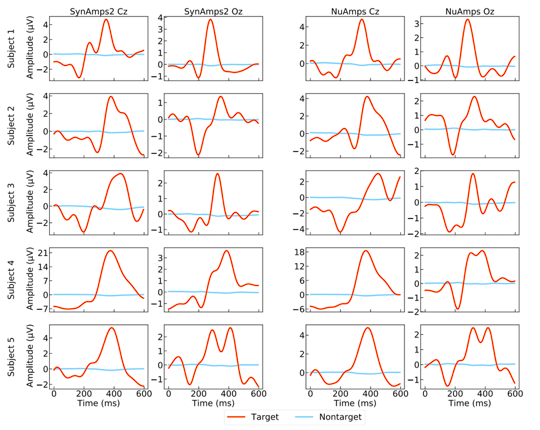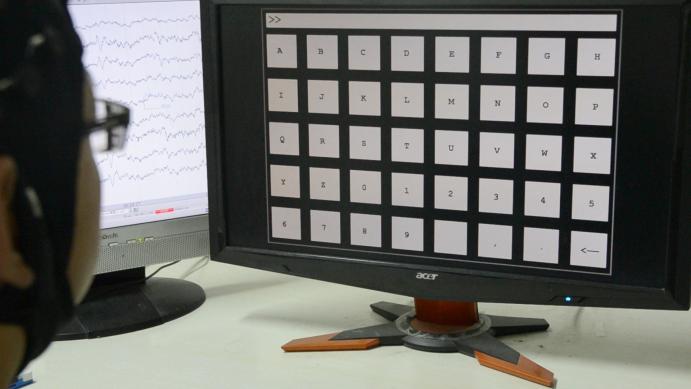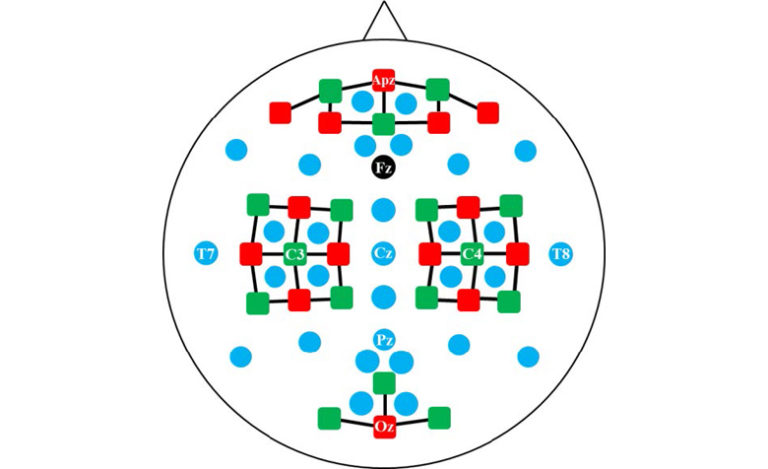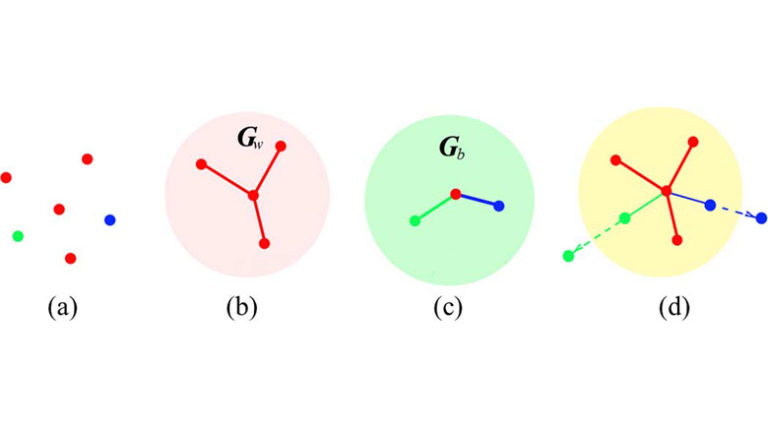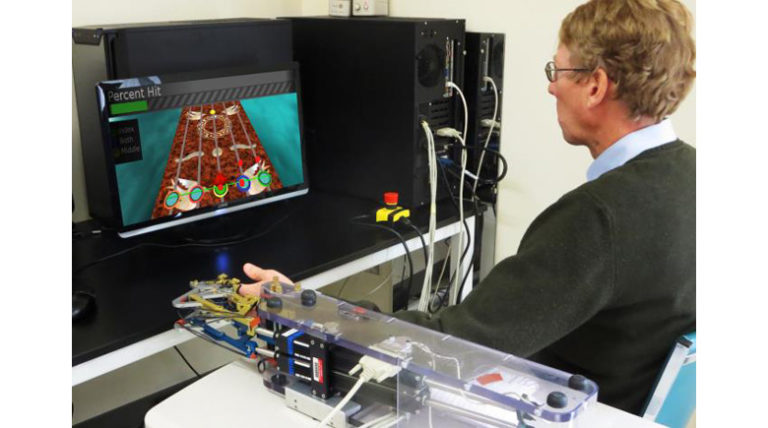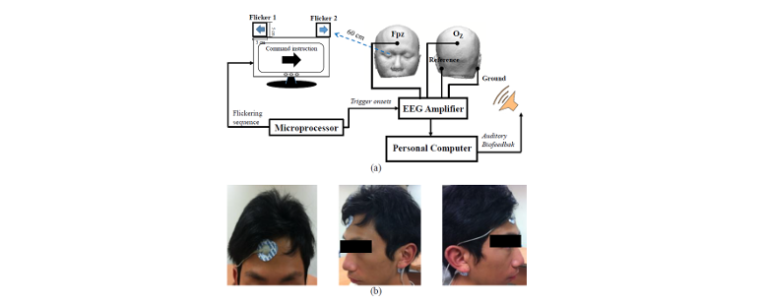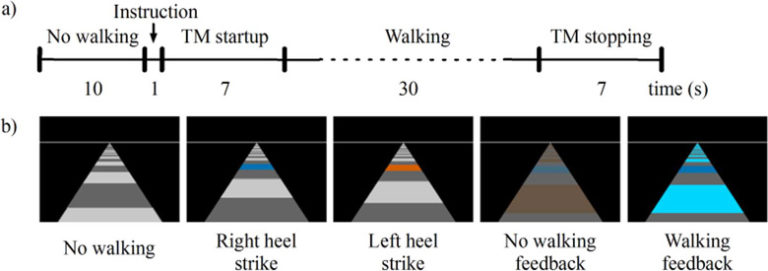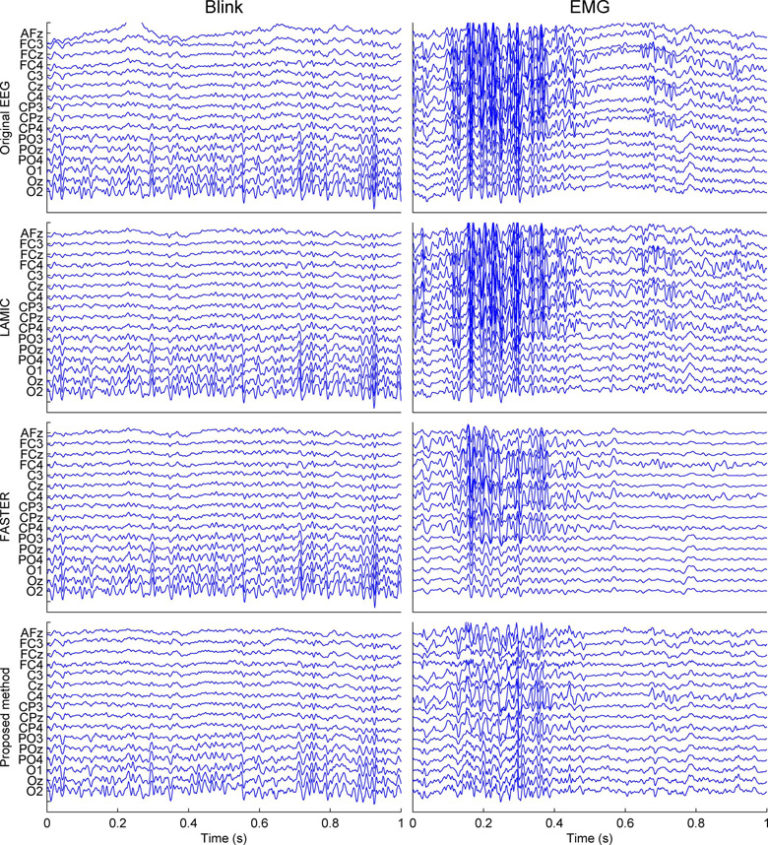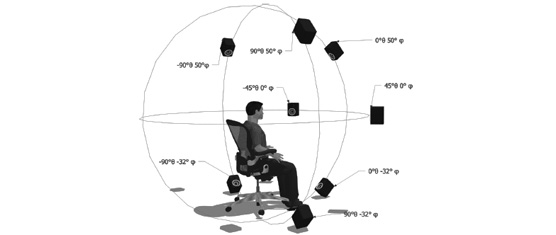A brain-computer interface (BCI) measures and analyzes brain activity and converts this activity into computer commands to control external devices. In contrast to traditional BCIs that require a subject-specific calibration…
read moreThis paper presents a benchmark steady-state visual evoked potential (SSVEP) dataset acquired with a 40-target brain-computer interface (BCI) speller. The dataset consists of 64-channel Electroencephalogram (EEG) data from 35…
read moreWe provide an open access dataset for hybrid brain-computer interfaces (BCIs) using electroencephalography (EEG) and near-infrared spectroscopy (NIRS). For this, we conducted two BCI experiments (left vs. right hand…
read moreThe detection of voluntary motor intention from EEG has been applied to closed-loop brain–computer interfacing (BCI). The movement-related cortical potential (MRCP) is a low frequency component of the EEG signal,…
read moreBrain-computer interfacing is a technology that has the potential to improve patient engagement in robot-assisted rehabilitation therapy. For example, movement intention reduces mu (8-13 Hz) oscillation amplitude over the sensorimotor…
read moreThis paper studied the amplitude-frequency characteristic of frontal steady-state visual evoked potential (SSVEP) and its feasibility as a control signal for brain computer interface (BCI). SSVEPs induced by different stimulation…
read moreRecently, brain–computer interface (BCI) research has extended to investigate its possible use in motor rehabilitation. Most of these investigations have focused on the upper body. Only few studies consider gait…
read moreA fully automated and online artifact removal method for the electroencephalogram (EEG) is developed for use in braincomputer interfacing (BCI). The method (FORCe) is based upon a novel combination of…
read moreMcCreadie, K.A. ; Coyle, D.H. ; Prasad, G. ACCESS PAPER DATA READ FULL ARTICLE ON IEEE XPLORE Abstract Imagination of movement can be used as a control method for a…
read more
